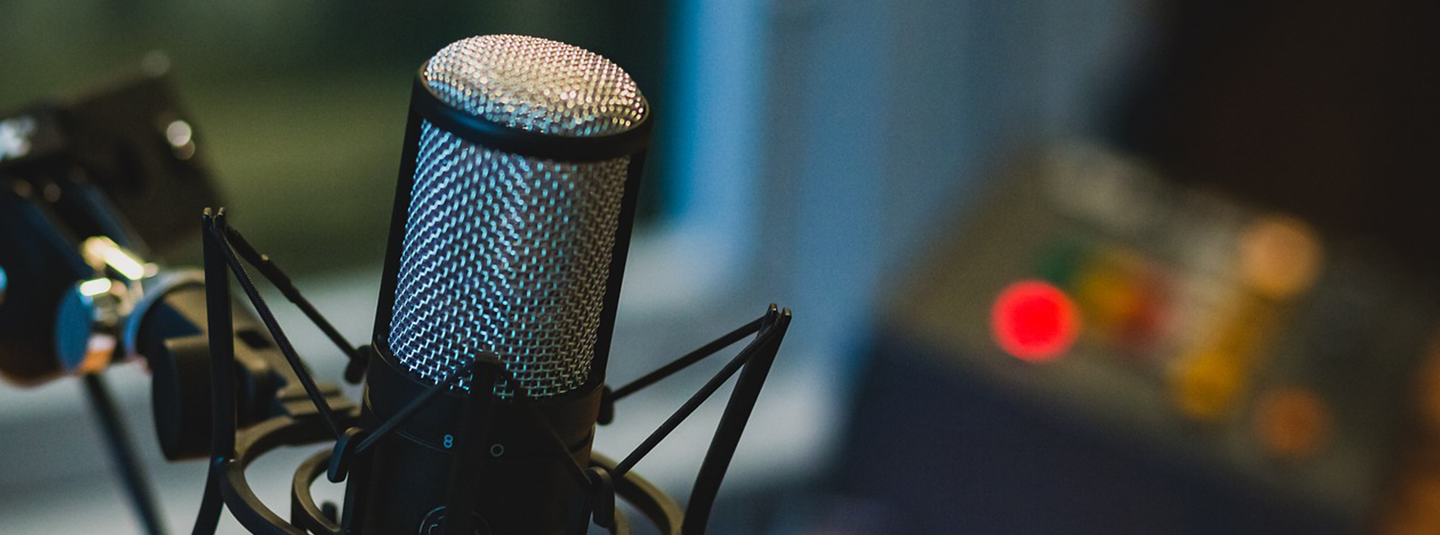Professor, MIT Brain and Cognitive Sciences
Edward Adelson is the John and Dorothy Wilson Professor of Vision Science at MIT, in the Department of Brain and Cognitive Sciences, and the Computer Science and Artificial Intelligence Laboratory (CSAIL). He is a member of the National Academy of Sciences, and a Fellow of the American Academy of Arts and Sciences.
Prof. Adelson has published widely in the areas of human vision, computer vision, and computer graphics. His current research focuses on artificial touch sensing for robotics.
Prof. Adelson is well known for contributions to multiscale image representation (such as the Laplacian pyramid) and basic concepts in early vision such as motion energy and steerable filters (honored by the IEEE Computer Society’s Helmholtz Prize, 2013). His work on the neural mechanisms of motion perception was honored with the Rank Prize in Optoelectronics (1992). His work on layered representations for motion won the IEEE Computer Society’s Longuet-Higgins Award (2005). He introduced the plenoptic function, and built the first plenoptic camera. He has done pioneering work on the problems of material perception in human and machine vision. He has produced some well known illusions such as the Checker-Shadow Illusion. Prof. Adelson has recently developed a novel technology for artificial touch sensing, called GelSight, which converts touch to images, and which enables robots to have tactile sensitivity exceeding that of human skin.
Industry Impact
Adelson conducts research in human vision, machine vision, human-computer interaction, and touch sensing for robotics.
One piece of technology recently developed is the GelSight. The GelSight is a handheld instrument that precisely visualizes and measures the 3D topography of any surface, revealing microscopic structures that are difficult to see under ordinary circumstances. The GelSight captures 3D measurements and data files within seconds of capture and measures any material (metal, glass, carbon fire) or surface (reflective, transparent). The GelSight reduces waste, decreases capital need for inventory, improves productivity for high-cost parts, and enhances documentation trail of data for later reference.

